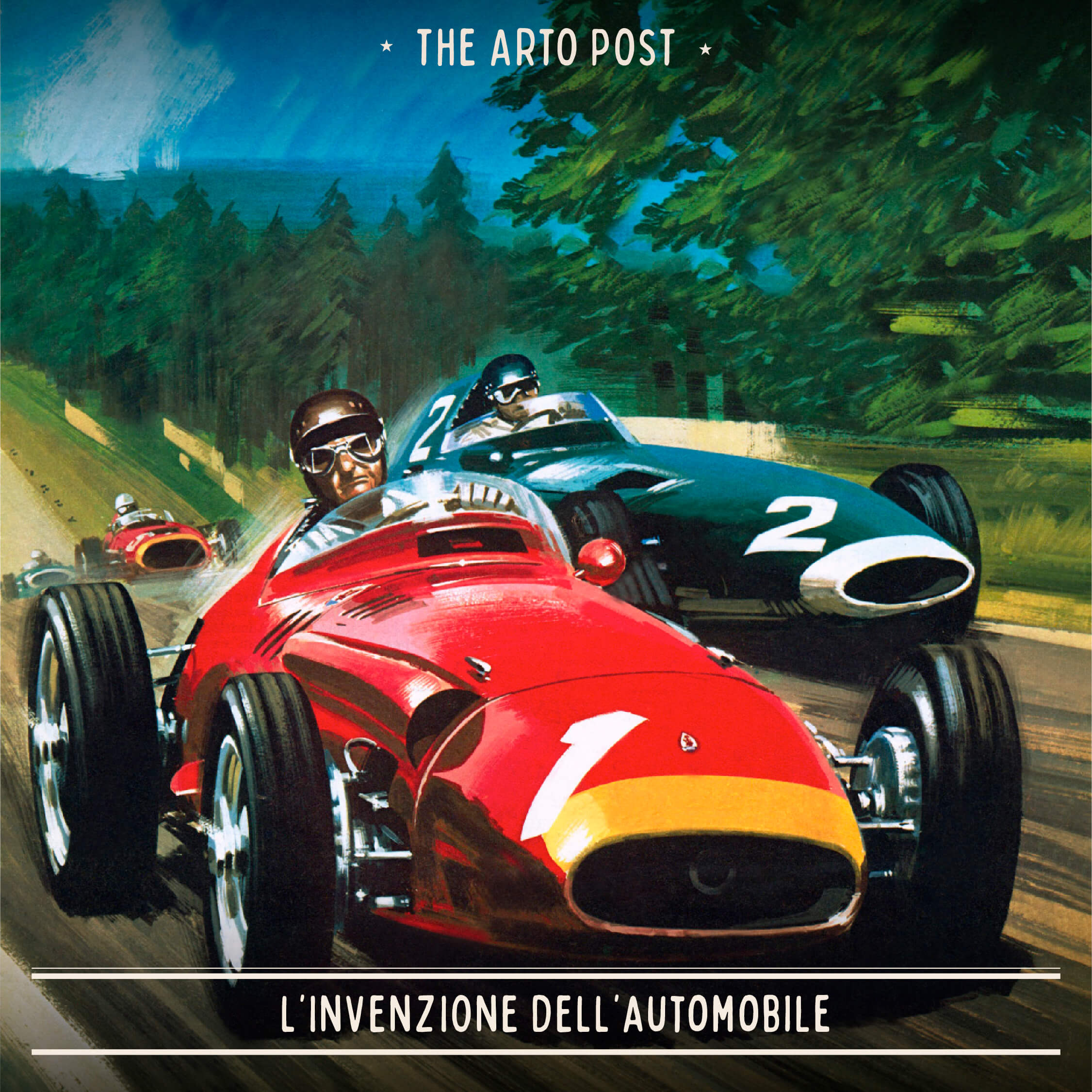The invention of the car
Category:

The Four wheels with an engine that changed the world!
It took almost a century to develop a car capable of replacing the horse-drawn carriage. The first horseless carriage was from 1769 and was a kind of tractor with a steam engine; it was then, in 1830, that Scotsman Robert Anderson invented an electric car, which used batteries that had to be replaced when they ran out.
Electric cars were developed for some time, until, in 1861, the German Nikolaus Otto invented the four-stroke engine, and shortly thereafter Gottlieb Daimler created a gasoline-powered engine. Needless to say, Rudolph Diesel, invented a modified version of that engine, powered by diesel fuel that allowed for less fuel to be used.
Finally, On July 3, 1886 Karl Benz filed a patent for the automobile, the “Velociped” with an internal combustion engine: his car had a single horizontal cylinder engine with a displacement of 577 cc and a power output of 3⁄4 hp at 400 rpm.
The popularity of this car came two years later, when the news of Bertha Benz’s journey caused a lot of uproar. In fact, the inventor’s wife secretly took one of her husband’s three prototypes to visit her mother; she traveled about 100 kilometers but at one point had to stop for refueling, and since the fuel used was a solvent, she stopped at the pharmacy in Wiesloch, which thus became the first gas station in history.
We know how that turned out and the popularity of what would become the most popular means of transportation in the world.
The challenge today is to develop ever more efficient and sustainable technologies-perhaps the gasoline-free car that seems like a dream today will be possible in the next few years.
Pictured: Juan Manuel Fangio, “Hardy Wilfred,” circa 1950.
This and other interesting facts can be found in the Art and Science album.
Explore the Art and Science album!